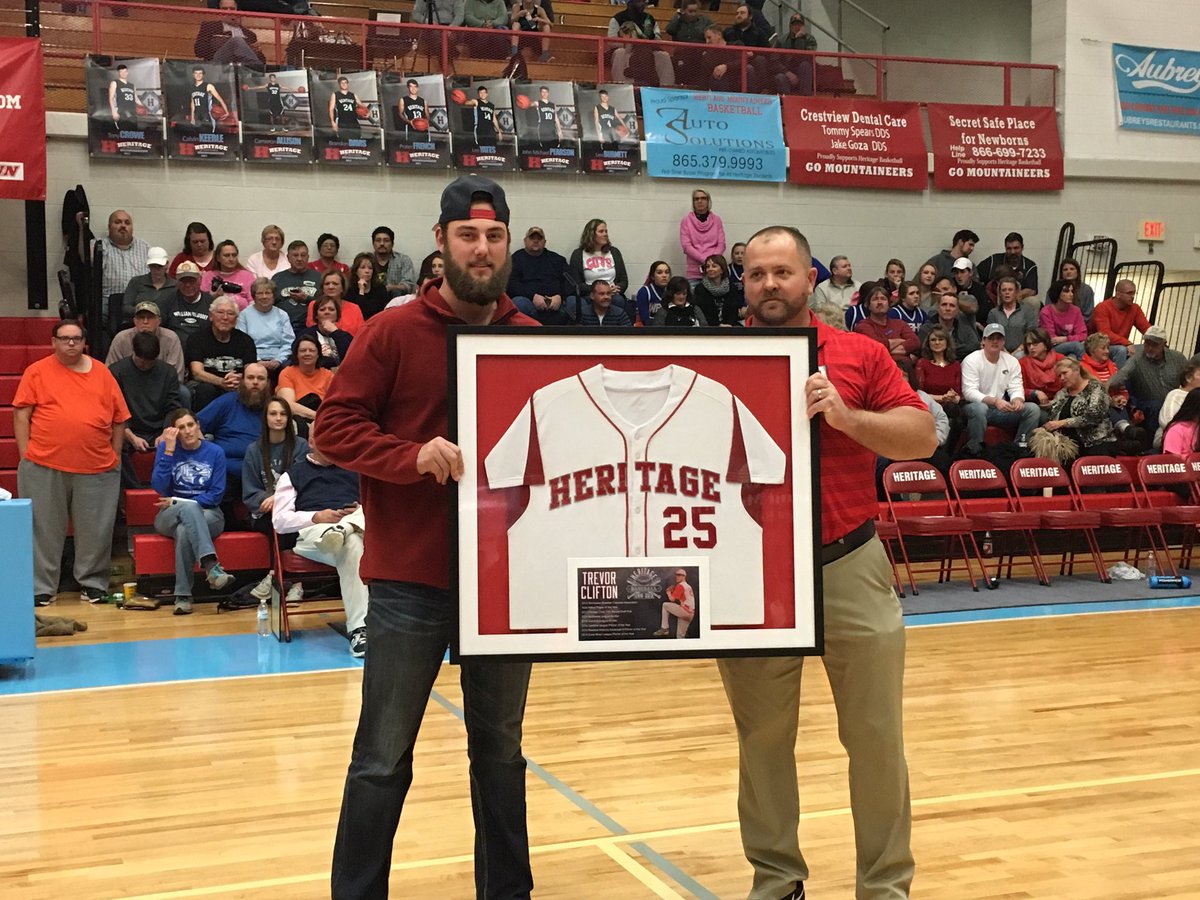Reds Flip Dan Straily, Marlins Buy In
Cincinnati has agreed to trade Dan Straily to Miami for three prospects, according to multiple reports, in a deal that indicates the intentions of both clubs — the Reds’ to continue their rebuild, the Marlins’ to compete in a top-heavy NL East.
Claimed off waivers by the Reds last spring, Straily is precisely the kind of arm a club like Cincinnati should be flipping for profit. After joining the Reds, the 28-year-old right-hander proceeded to go 14-8 with a 3.78 ERA. His FIP (4.88) and xFIP (5.02), however, suggest he outperformed his true skill level. That’s now the concern of the Marlins, though, who inherit Straily and his four remaining years of club control.
Chris Mitchell’s KATOH system isn’t too high on the prospects involved. The Marlins didn’t place a single prospect on Baseball America’s midseason top-100 list in 2016, so it’s not a particularly deep system. But Castillo rated as the Marlins’ No. 2 prospect, according to the Baseball America top-10 list published earlier this offseason.
Castillo’s an interesting arm. Now 24, he’s hit 100 mph in the past and will sit in the upper 90s. He posted a 2.07 ERA and 16-point strikeout- and walk-rate differential (K-BB%) in 117 innings at High-A Jupiter this past season. Eric Longenhagen scouted Castillo when he was traded by the Marlins last deadline for Andrew Cashner. (When part of that deal, Colin Rea, proved to be injured, Castillo was sent back to Miami.) Also headed to the Reds are Austin Brice, ranked ninth in the Miami organization by MLB.com, and Isaiah White, a third-rounder in 2015, ranked 16th on the Marlins’ top-20 list.


